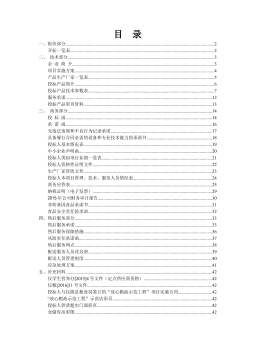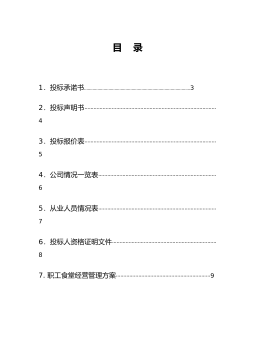我国钢材期货市场价格波动性研究——基于成交量、持仓量的分析
摘要在金融产品不断创新的今天,期货市场作为基础衍生品市场,通过发挥自身价格发现、套期保值、规避风险等功能,有助于提高市场效率、完善市场结构,并为企业提供风险管理工具,降低原材料成本。我国钢材期货以螺纹钢和线材两种产品为标的物。螺纹钢、线材是工业企业重要产成品以及经济建设的基础材料,在经济发展中具有重要作用。随着市场全球化、大宗商品金融化的趋势不断加强,钢材期货市场的价格受到能源、资源、产业调整、宏观经济等众多因素的影响,市场波动性不断加强。哪些因素造成了我国钢材期货市场波动?钢材期货市场波动有何特点?成交量、持仓量与波动性有何关系,相互如何影响?基于对这些问题的解答,本文从以下方面展开研究:首...
相关推荐
-
我国基层财政困难的制度成因分析与对策研究VIP免费
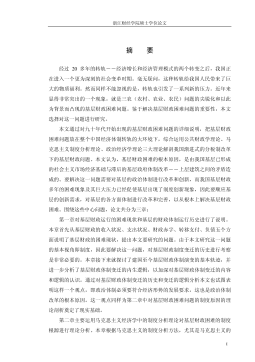
 2024-09-20 33
2024-09-20 33 -
我国煤电产业链纵向交易合约机制研究VIP免费
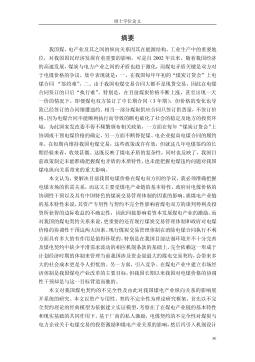
 2024-09-20 28
2024-09-20 28 -
生产要素视角下的上海市产业结构优化研究VIP免费
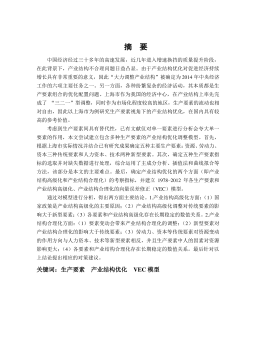
 2025-01-09 7
2025-01-09 7 -
我国银行业结构与经济结构关系研究VIP免费
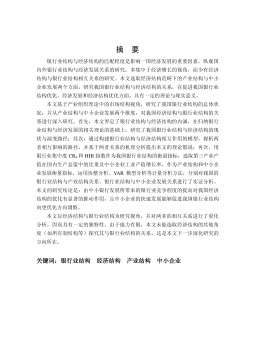
 2025-01-09 7
2025-01-09 7 -
大数据视角下农业供应链金融研究VIP免费
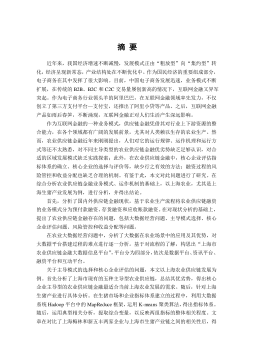
 2025-01-09 6
2025-01-09 6 -
跨国大型综合超市的规划研究VIP免费
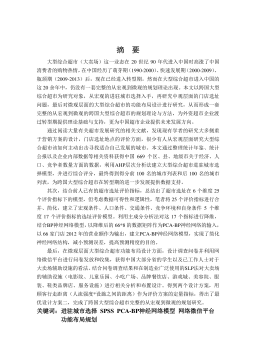
 2025-01-09 6
2025-01-09 6 -
跨境电商农产品质量安全问题研究VIP免费
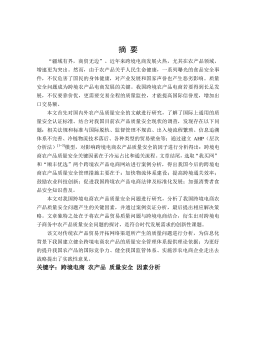
 2025-01-09 7
2025-01-09 7 -
世界市场的虚拟化与我国国际电子商务发展方向研究VIP免费
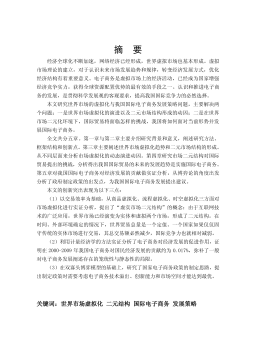
 2025-01-09 9
2025-01-09 9 -
中国政府对电力行业的价格规制问题研究VIP免费
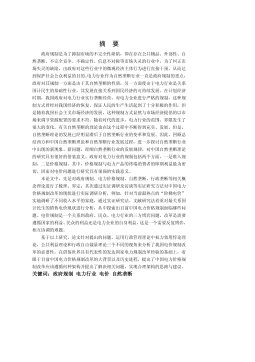
 2025-01-09 14
2025-01-09 14 -
中小企业信息化系统集成技术研究VIP免费

 2025-01-09 14
2025-01-09 14
相关内容
-

跨国大型综合超市的规划研究
分类:高等教育资料
时间:2025-01-09
标签:无
格式:PDF
价格:15 积分
-

跨境电商农产品质量安全问题研究
分类:高等教育资料
时间:2025-01-09
标签:无
格式:PDF
价格:15 积分
-

世界市场的虚拟化与我国国际电子商务发展方向研究
分类:高等教育资料
时间:2025-01-09
标签:无
格式:PDF
价格:15 积分
-

中国政府对电力行业的价格规制问题研究
分类:高等教育资料
时间:2025-01-09
标签:无
格式:PDF
价格:15 积分
-

中小企业信息化系统集成技术研究
分类:高等教育资料
时间:2025-01-09
标签:无
格式:PDF
价格:15 积分


